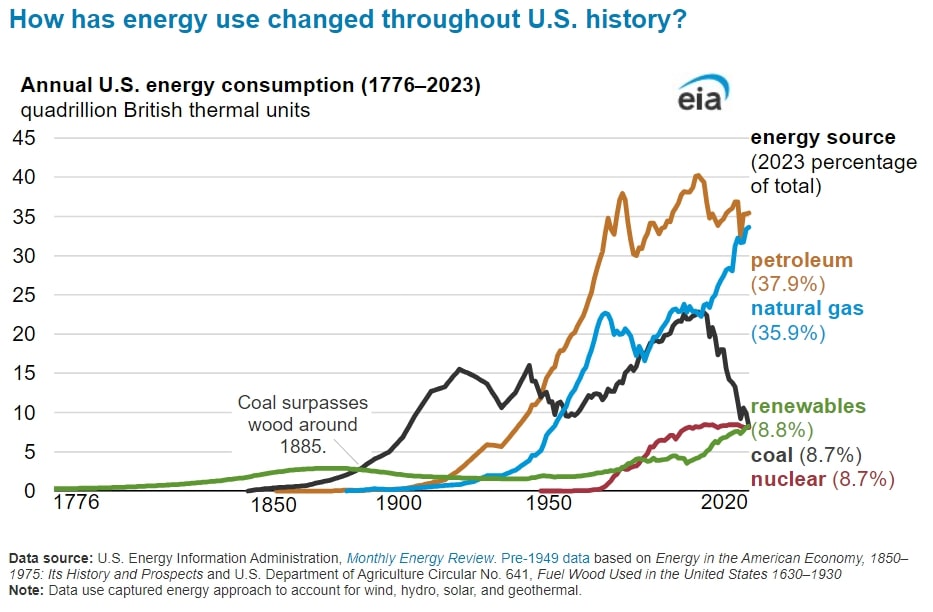Goldman Sachs’ recent report finding that “peak oil demand” of 110 million bbl/d is not expected until 2034 is important mostly for what it implies: minimal progress toward reducing greenhouse gas emissions from a reduction in the consumption of oil; increased demand from developing countries will offset the declining emissions of industrialized nations’ transition from hydrocarbons; and the U.S. downstream sector will shrink—increasing pain at the pump.
Most of such projections assume a business-as-usual approach and simply extend current trendlines for energy intensity, such as gross domestic product (GDP) per barrel of oil equivalent. These projections show declining use of hydrocarbons in the U.S. being offset by increasing population in Africa, China and elsewhere with energy making up a fixed proportion of GDP. That energy supply will come from the least expensive resource—oil.
But whether the peak fits the Goldman year or slides down the timeline to 2045, as the OPEC Secretary General puts it, the impact will be the same: U.S. consumers will pay the price.
The market already is reacting. Global appetite for oil is growing and Western nations are grappling with how to help developing countries decarbonize without sacrificing the benefits of wider access to reliable sources of energy.
As with all commodities, the dynamics of the global oil market will be driven more by swing producers than by marginal producers. The swing producers, those that export their excess production, can create market conditions like those economists expect at peak demand. At this moment, these swing producers appear not to be as keen on replacing production as they once were. Baker Hughes reports the Middle East oil rig count was 259 at the end of May versus the pre-pandemic level of 324 at the end of January 2020. What is the right rate of replacement for production?
The OPEC+ countries can take comfort in these projections. Their unrealized wealth in the ground still has a robust future, but the prospect of stranded wealth is looming sooner rather than later.
From a gaming perspective, the OPEC+ nations and other national oil companies, which control more than 80% of global oil reserves, will have to manage carefully to maintain market share.
But first, they may want to eliminate the higher-cost producers and repeat the oil price war of 2014-2016. That would be devastating to U.S. producers.
U.S. producers also face the prospect of stranded wealth. A rush for the exits by U.S. producers and OPEC+ nations will drive down the price of oil. One considers the long decline of the U.S. coal industry, the bankruptcies, the restructurings and now the cleanups as a prospect for domestic producers.
The higher-cost producers are in a precarious situation. The majors and Wall Street have run the math. Fields and refineries have been written off, as the owners simply harvest as much cash as possible. This increases the risks even for high-yield investors because they know the owners are no longer committed to reinvesting in the businesses.
While the wellhead price may fall, U.S. gasoline and diesel consumers may not realize much benefit, even without the imposition of carbon pricing. Reduced domestic demand will accelerate the reduction in outlets and promote higher retail prices due to a lack of competition. Intersections with multiple gasoline stations are already a relic of history, and one can anticipate having to drive extended distances to refill a tank. Market power will shift downstream to distribution and retail at the expense of upstream.
Lower wellhead prices will make it exceedingly difficult for the developed nations to dictate carbon reduction mandates to developing countries. Price matters, and these developing societies will demand a bang for their buck and turn to oil, the least expensive energy resource.
Wealthy nations pursuing a low-carbon future need to act now to head off this demand growth. They will have to subsidize low carbon energy resources for developing countries and the additional 3 billion in population growth expected by 2070.
We have come a long way from worrying about Hubbert’s Peak Supply to now worrying about Peak Demand for oil. The prospect of a future industry decline means fewer financial and labor resources will be forthcoming. That, by itself, may accelerate the decline.

Recommended Reading
IBAT CEO: Lithium Extraction in Smackover ‘Almost Child's Play’
2025-03-24 - Iris Jancik, the CEO of International Battery Metals, said the company aims to work with oil and gas companies to explore lithium extraction projects.
BKV Applies Refrac Playbook to Potential M&A Targets
2025-04-03 - BKV Corp. applies its refrac playbook—tried and true in the Barnett Shale—to potential M&A targets as it looks to gain contiguous acreage, Upstream President Eric Jacobson told Hart Energy at DUG Gas.
Exclusive: India’s Cairn to Deliver First Shale Well in Summer
2025-03-23 - India's Cairn Oil & Gas, part of Vedanta Group, plans to deliver its first shale well using U.S. shale techniques honed by oilfield service companies, in June or July.
Comments
Add new comment
This conversation is moderated according to Hart Energy community rules. Please read the rules before joining the discussion. If you’re experiencing any technical problems, please contact our customer care team.



